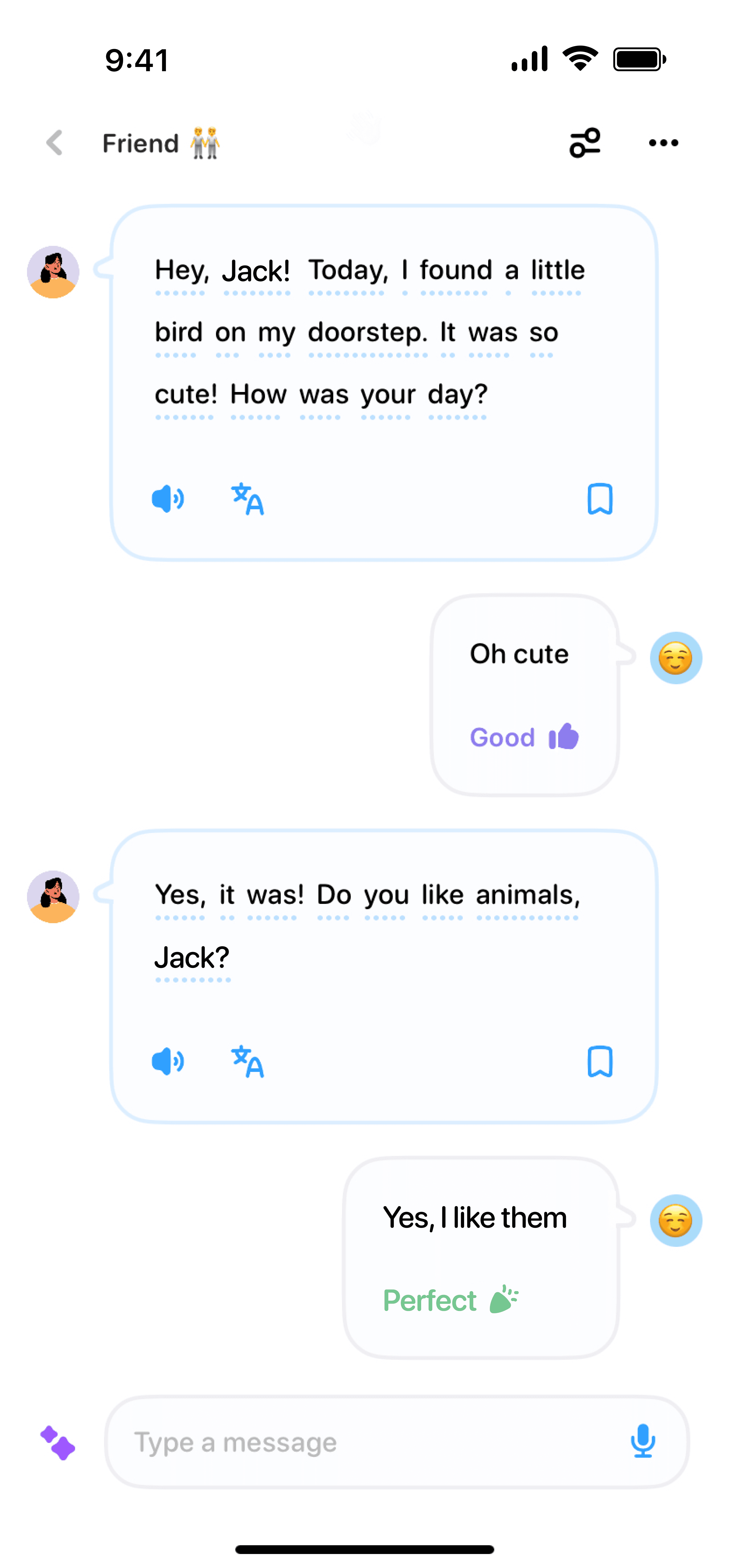07/06/2024
·
Emma Robbie
When it comes to learning a new language, many people wonder, is Spanish hard to learn or easy? The truth is, it all depends on various factors such as your native language, your motivation, and the methods you use. But don’t worry! In this blog post, we’ll dive into the elements that make Spanish both challenging and straightforward. 😊
The Easy Parts of Learning Spanish
1. Phonetic Language
One of the coolest things about Spanish is that it's phonetic. This means that words are pronounced the way they are spelled. Unlike English, where you have to remember how to pronounce "though," "through," and "tough," Spanish spelling is pretty straightforward. Once you learn the sounds of each letter, reading Spanish words becomes a breeze!
2. Shared Vocabulary
If you speak English, you're in luck. Many English words have Latin roots, and since Spanish is a Romance language, it shares a lot of vocabulary with English. For example, "color" in English is "color" in Spanish, and "animal" is "animal." This similarity can make vocabulary acquisition easier.
3. Simple Grammar Rules
Spanish grammar has its complexities, but many of the rules are more straightforward than those in English. For example, Spanish has regular patterns for conjugating verbs, and once you get the hang of it, forming sentences becomes simpler. Plus, Spanish doesn't have nearly as many irregular verbs as English.
The Challenging Parts of Learning Spanish
1. Verb Conjugations
Ah, verb conjugations—every learner's favorite challenge. Spanish verbs change form based on the subject, tense, and mood. While this can be daunting at first, practice and repetition will help you get the hang of it. Remember, even native speakers had to learn all these rules as kids!
2. Gendered Nouns
In Spanish, nouns are either masculine or feminine. For example, "el libro" (the book) is masculine, while "la mesa" (the table) is feminine. This means you’ll need to remember the gender of nouns to use the correct articles and adjectives. It might seem strange at first, but with some practice, it will start to feel natural.
3. Regional Differences
Spanish is spoken in many countries, from Spain to Mexico to Argentina. Each region has its own slang, pronunciation, and even some grammar differences. While this diversity enriches the language, it can be confusing for learners. However, focusing on one dialect at the beginning can make things easier.
Tips for Making Spanish Easier to Learn
1. Immerse Yourself
The best way to learn any language is through immersion. Watch Spanish movies and TV shows, listen to Spanish music, and try to engage in conversations with native speakers. The more you expose yourself to the language, the faster you'll pick it up.
2. Use Language Apps
Apps like Duolingo, Babbel, and Rosetta Stone can make learning Spanish fun and interactive. They offer bite-sized lessons that you can fit into your daily routine. Consistency is key, so try to practice every day.
3. Take a Class
Sometimes, a structured learning environment can be incredibly beneficial. Consider enrolling in a Spanish class at a local community college or joining an online course. A good teacher can provide valuable feedback and keep you motivated.
Conclusion: Is Spanish Hard to Learn or Easy?
The answer to is Spanish hard to learn or easy really depends on your perspective. While it has its challenges, Spanish also offers many advantages that can make the learning process easier. With dedication and the right resources, you'll find yourself speaking and understanding Spanish more quickly than you might expect. ¡Buena suerte! (Good luck!)
Happy learning! 🌟



